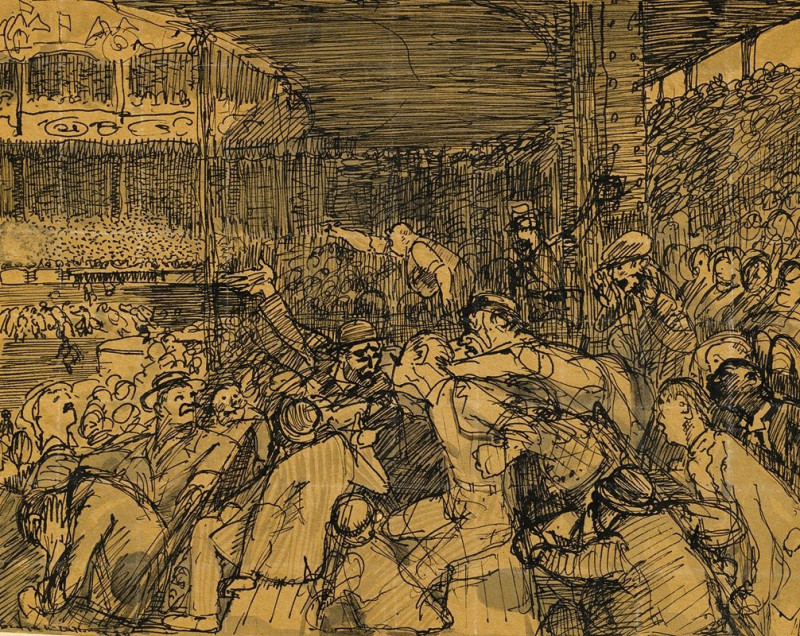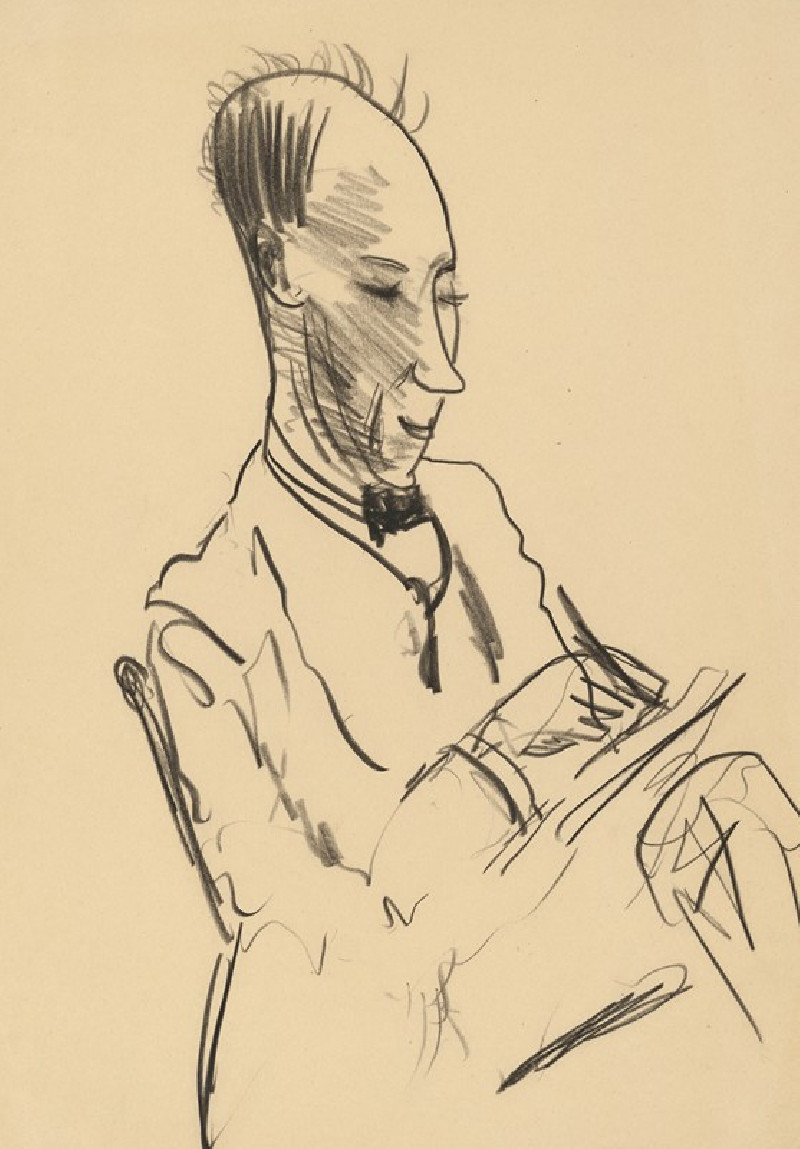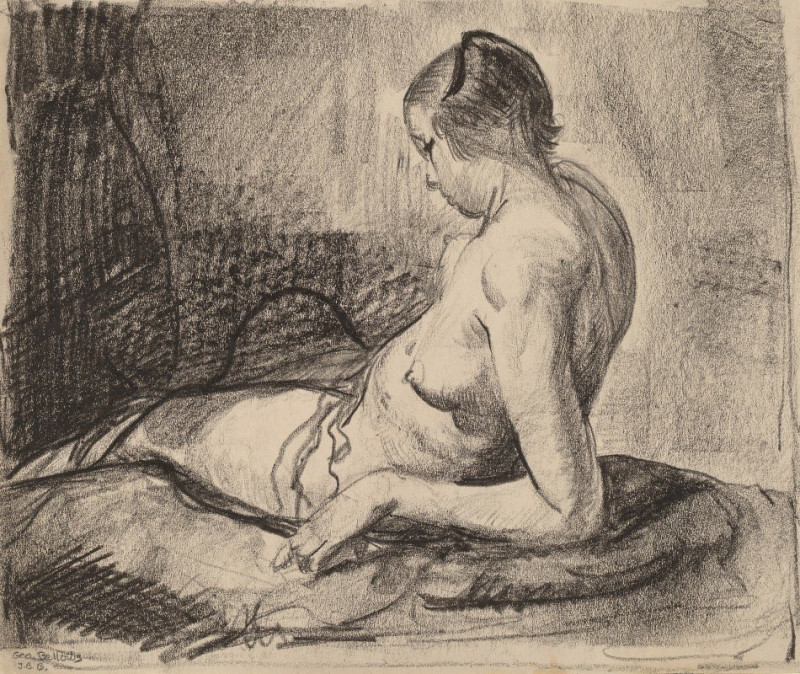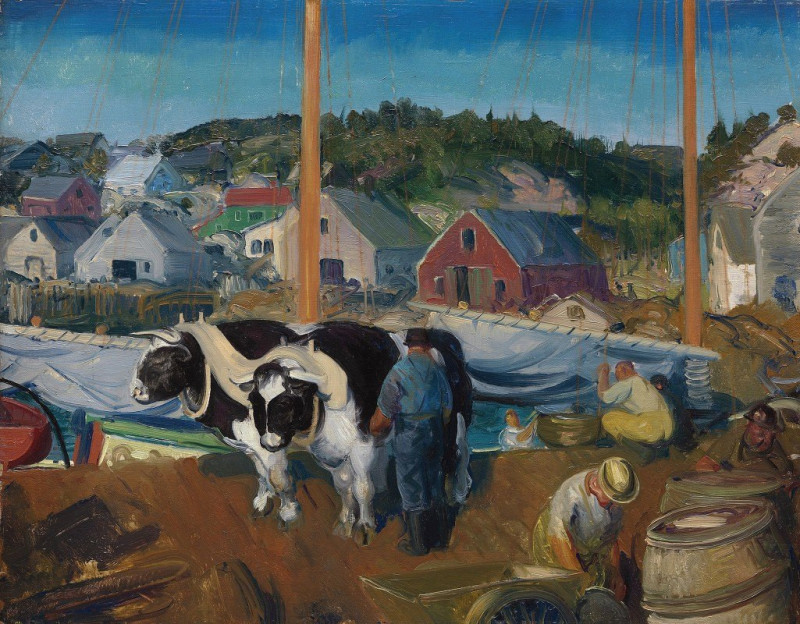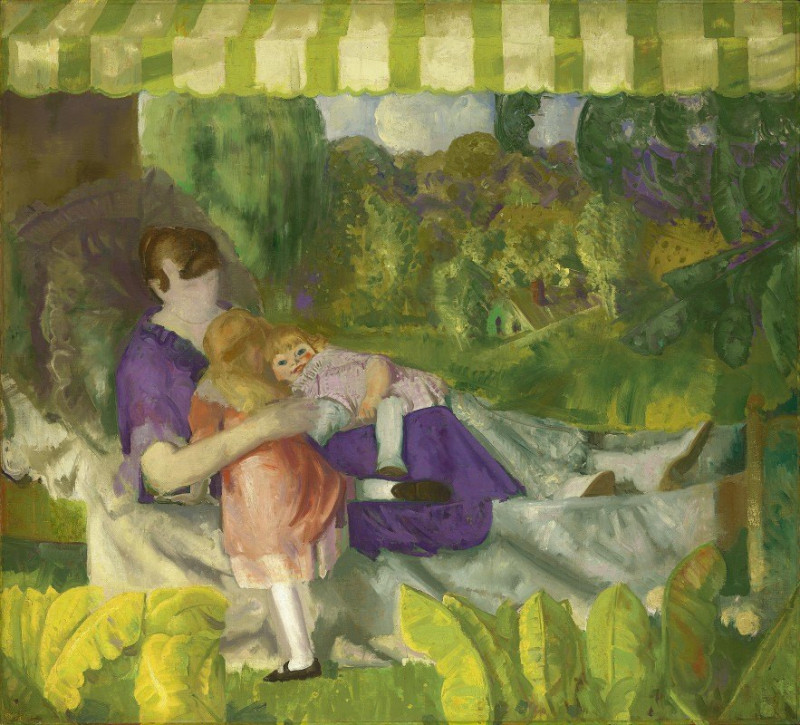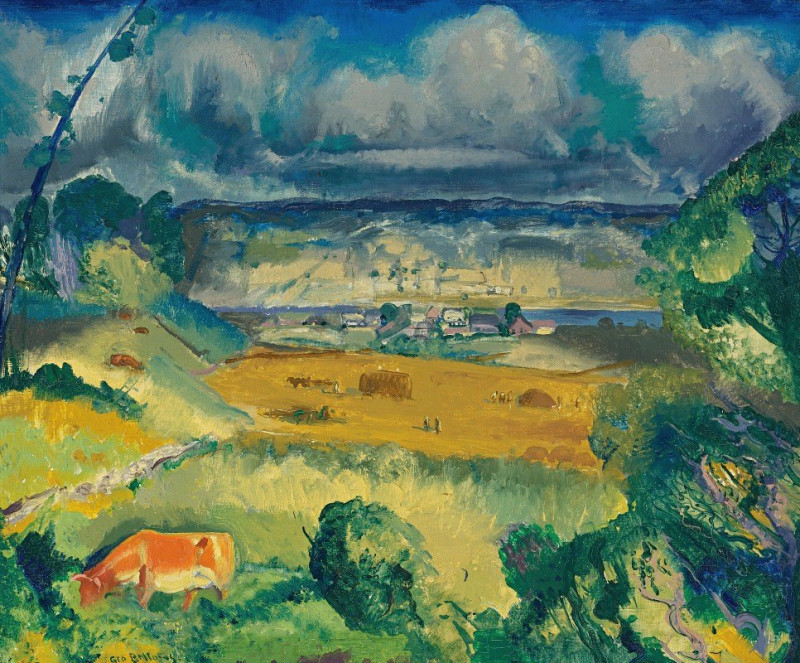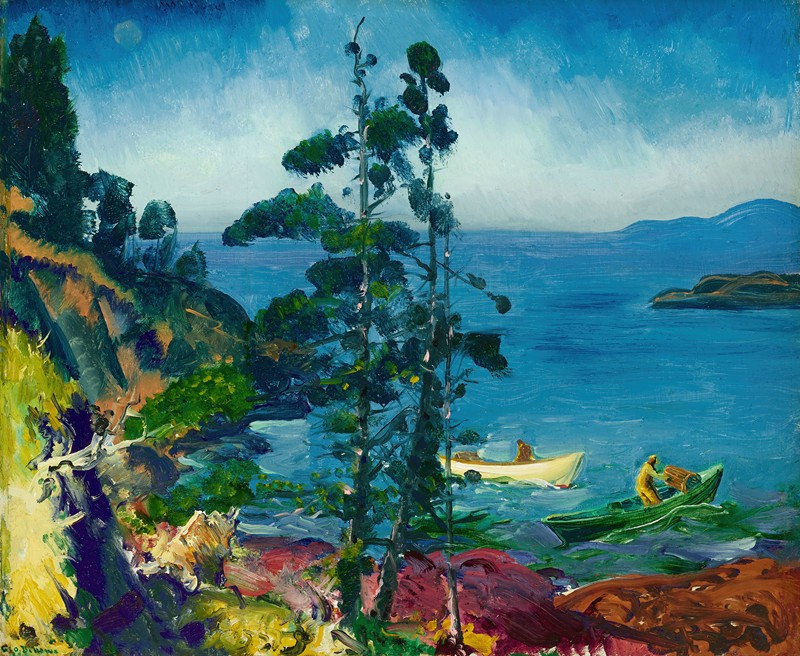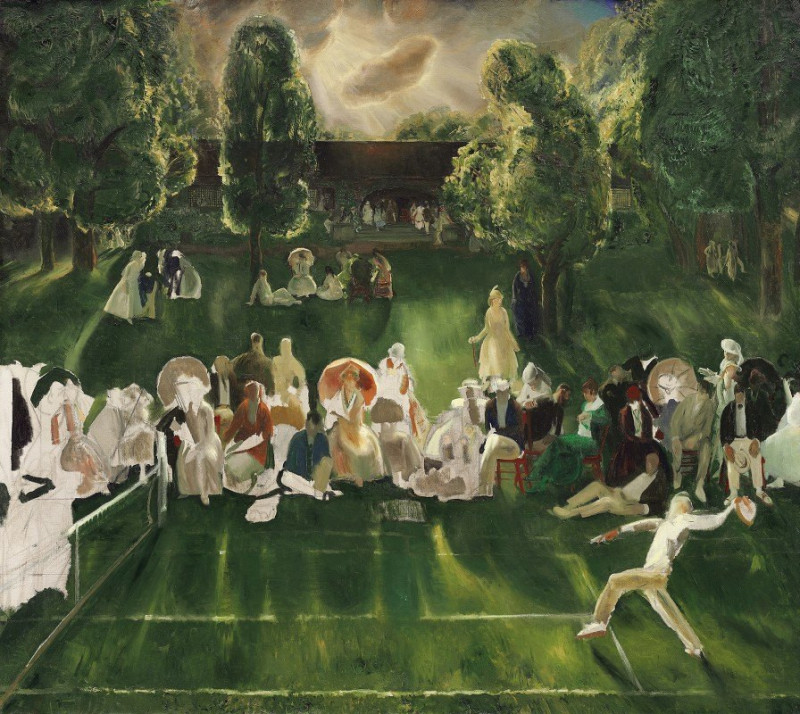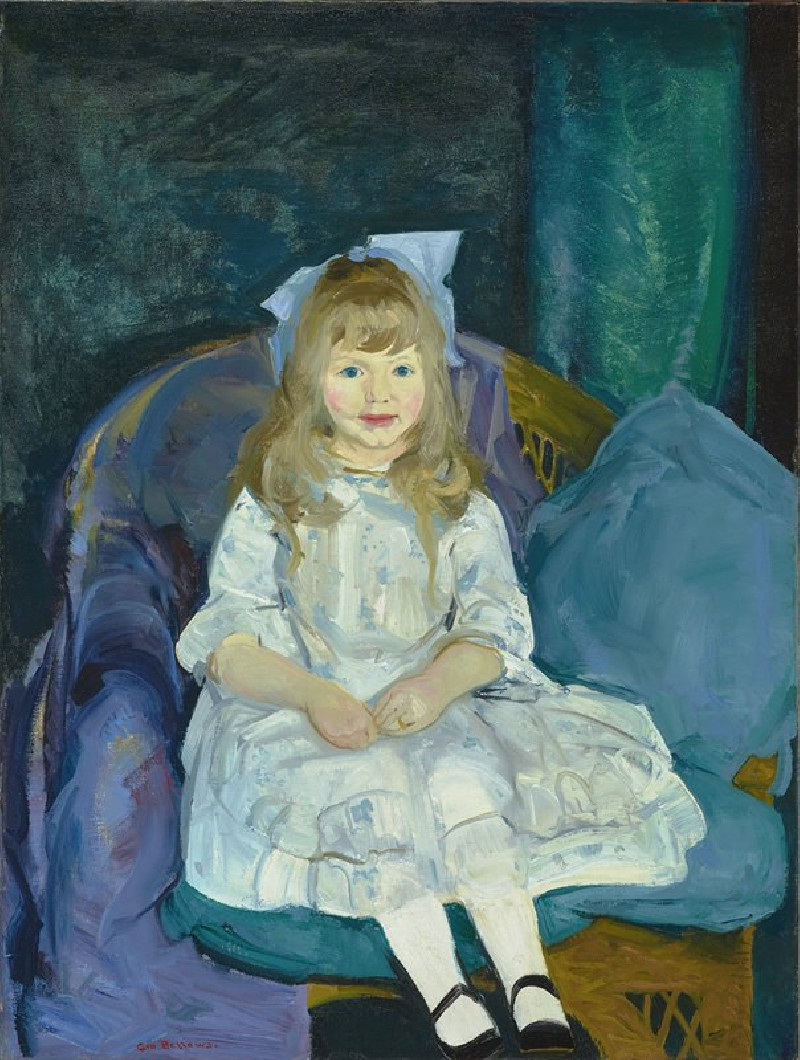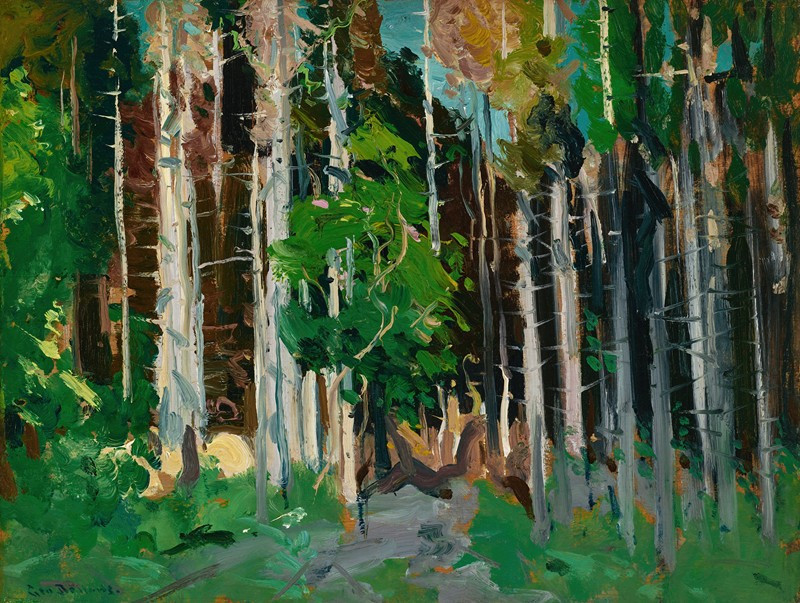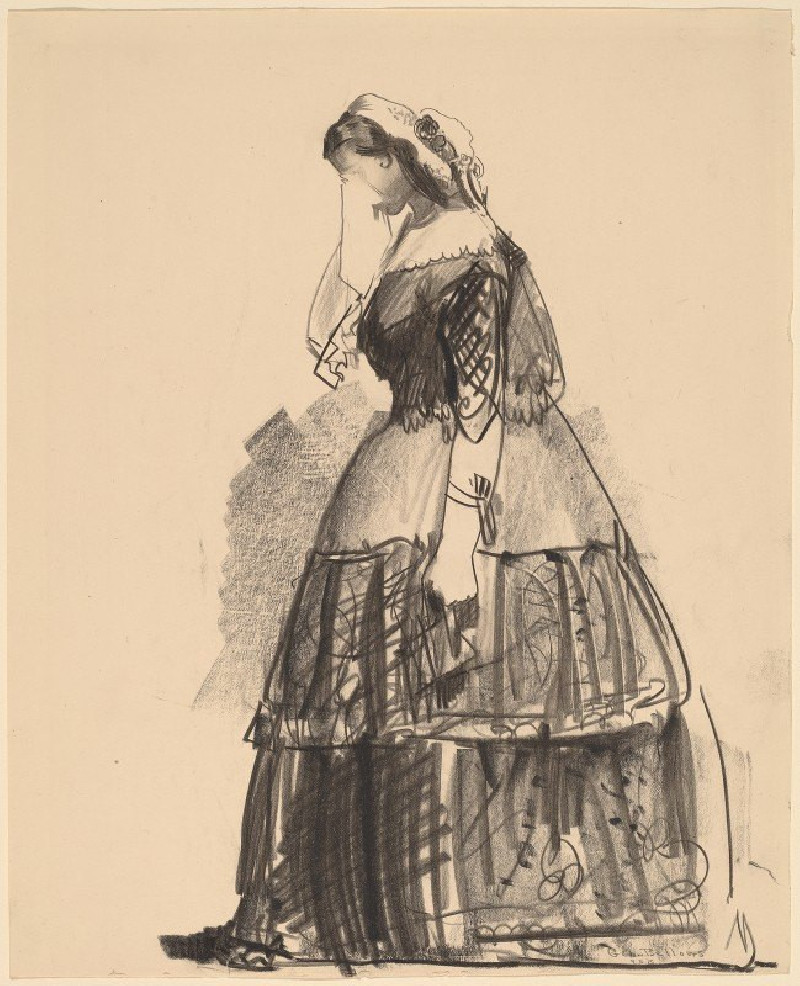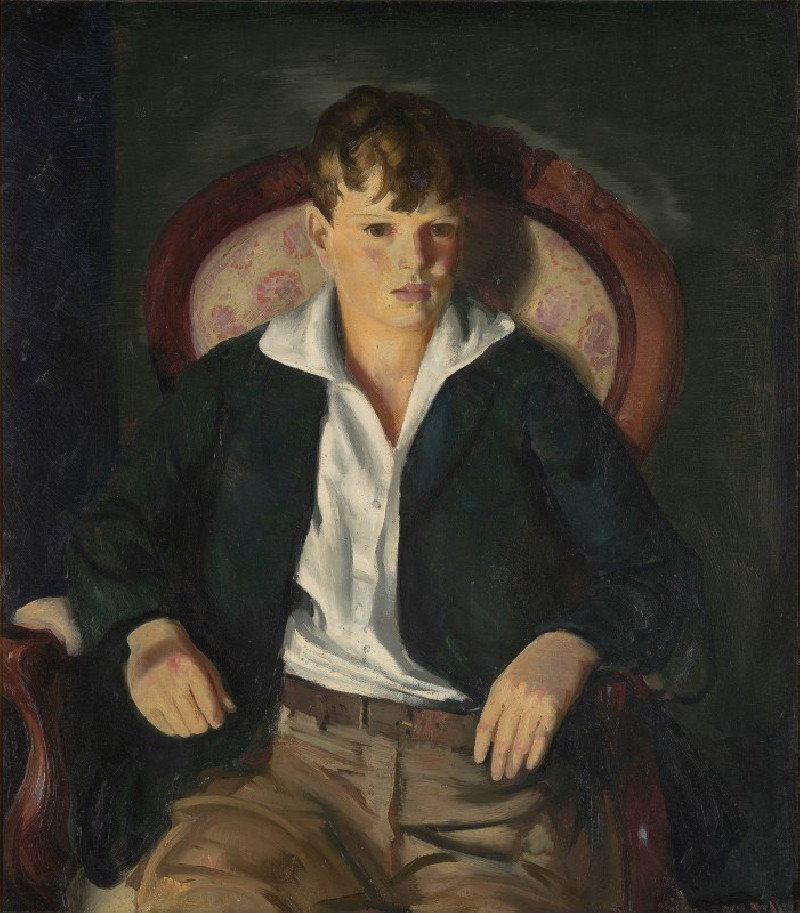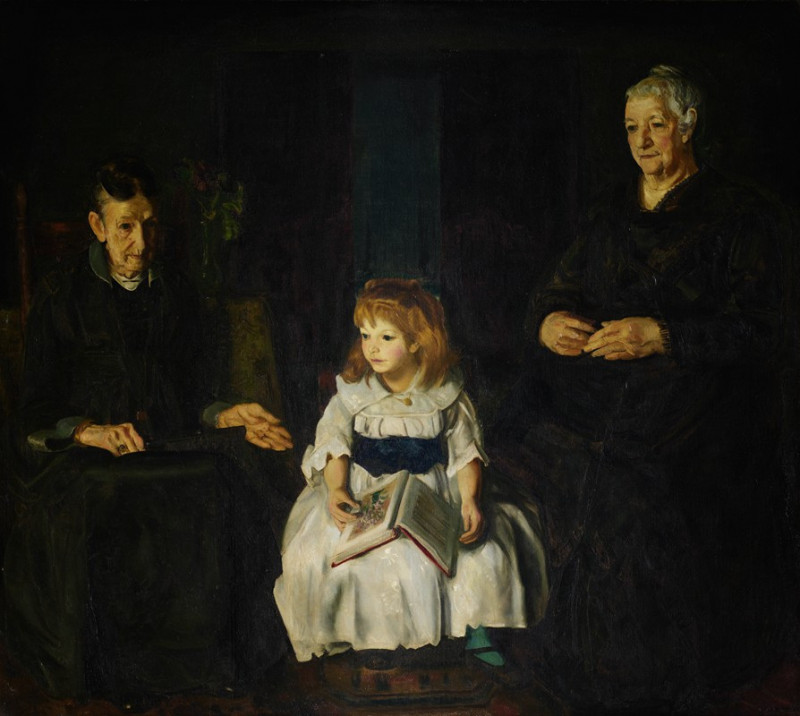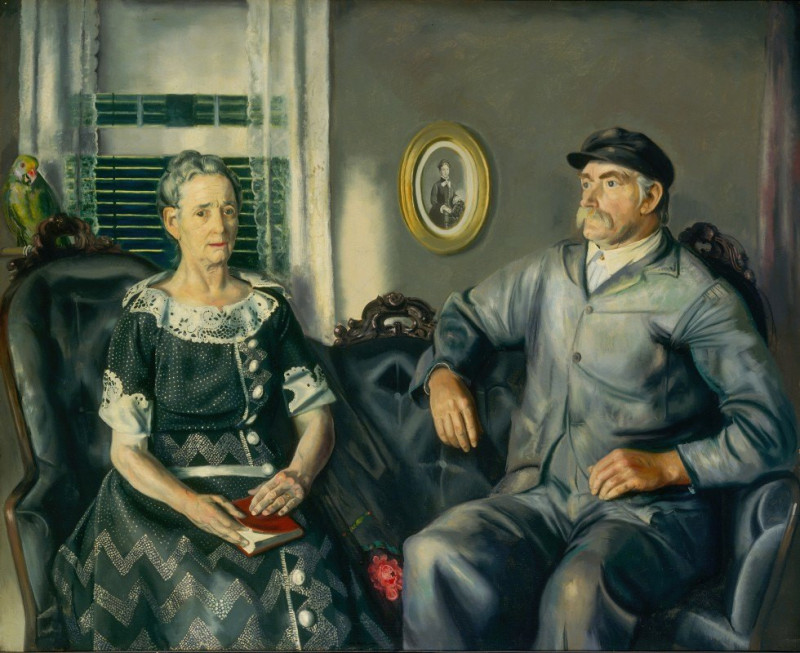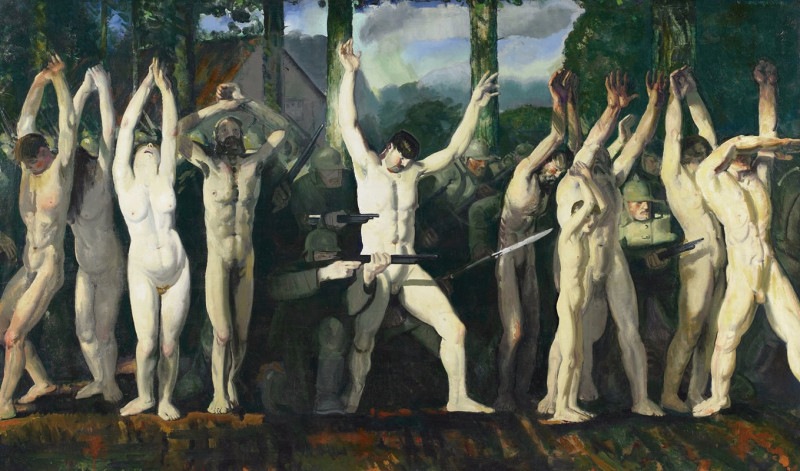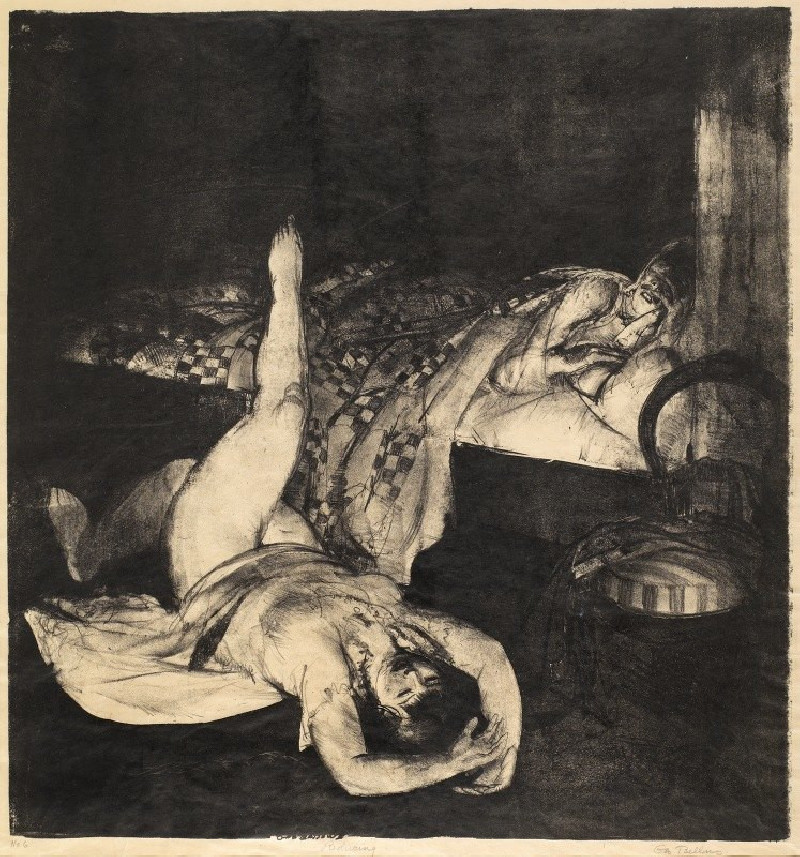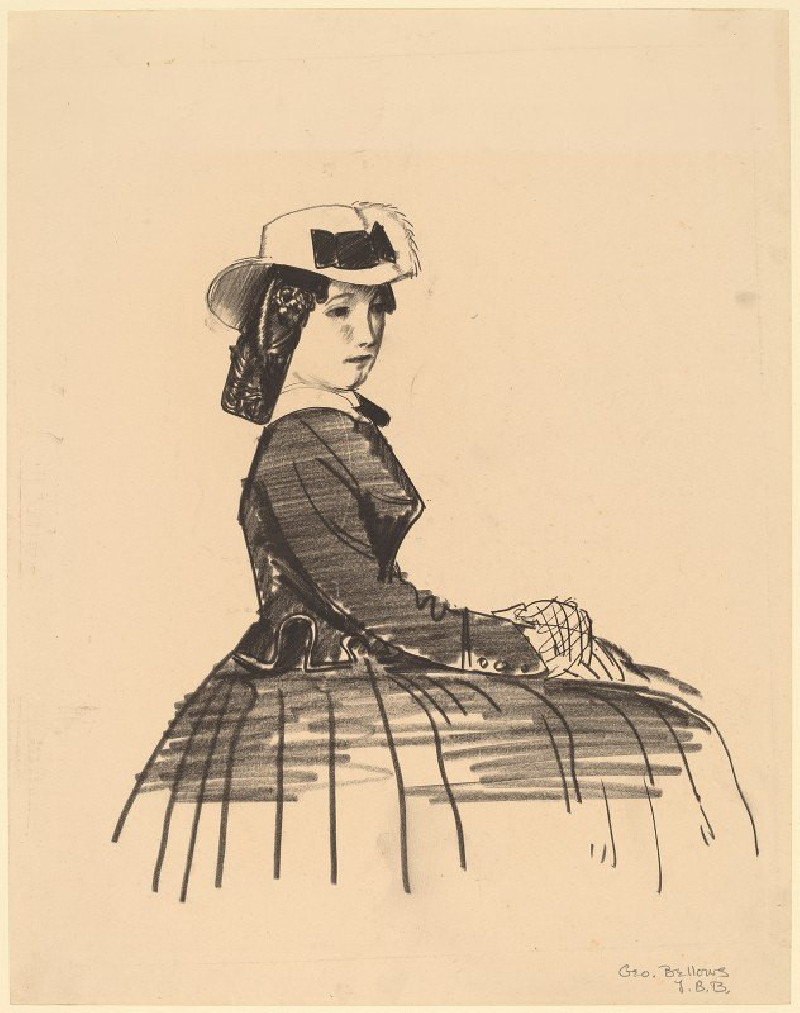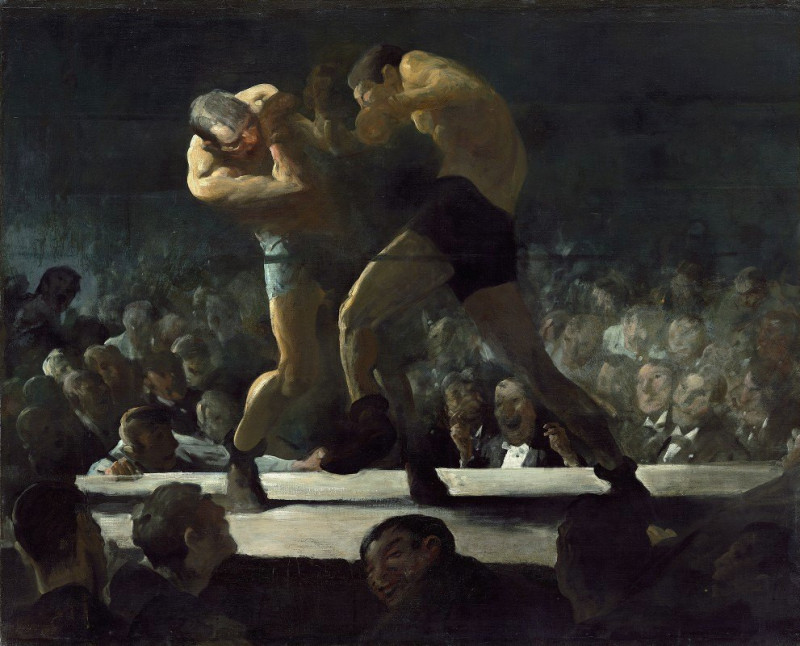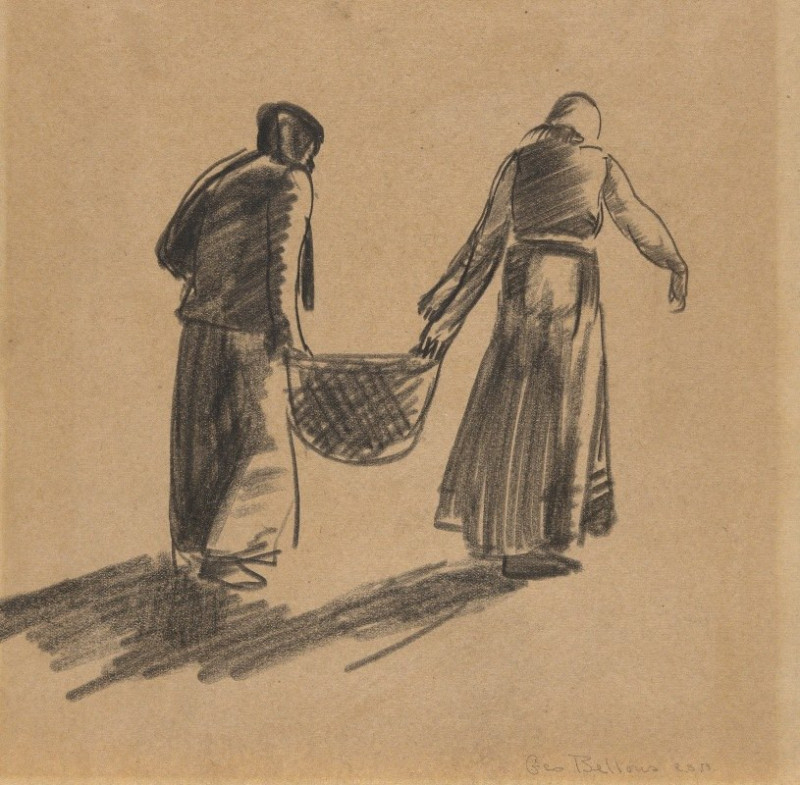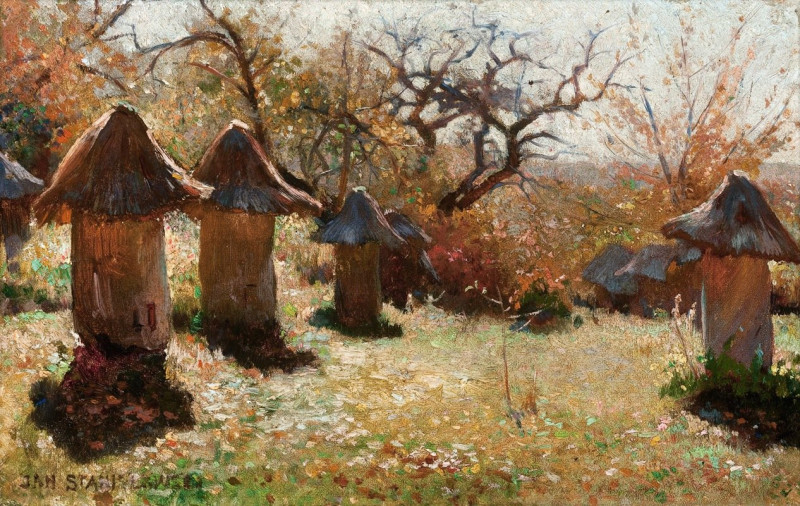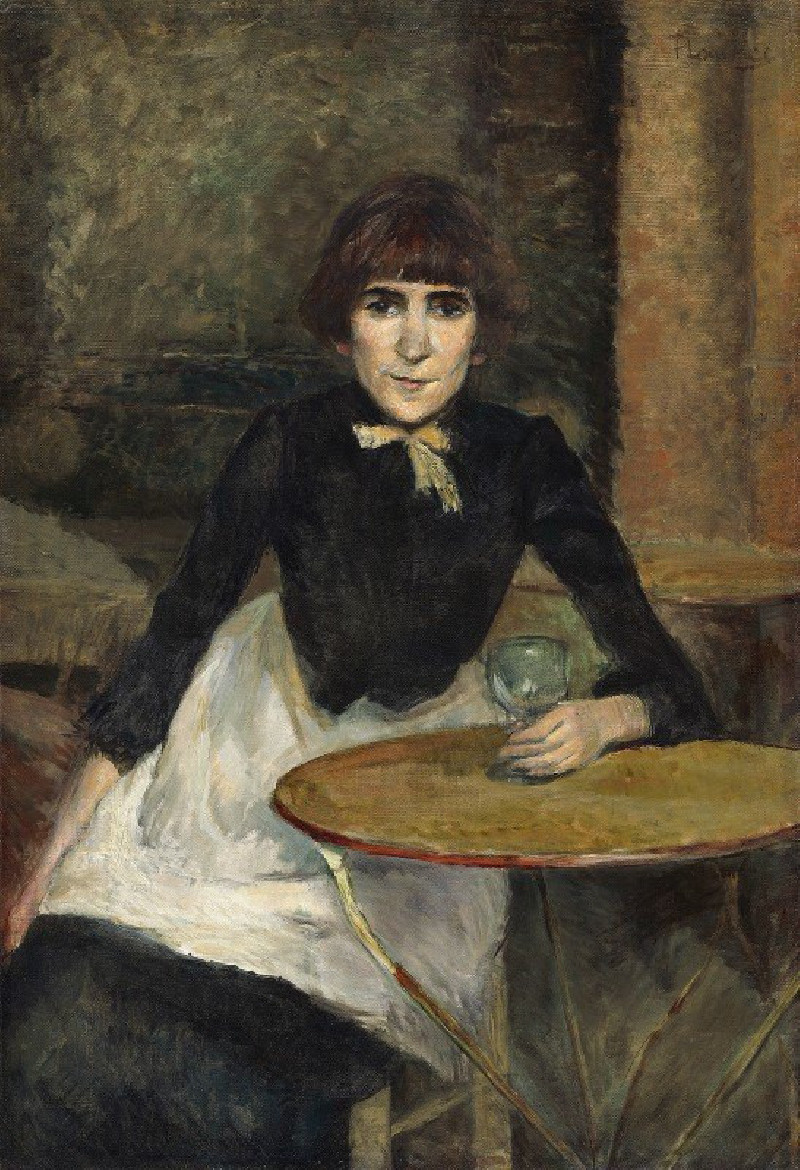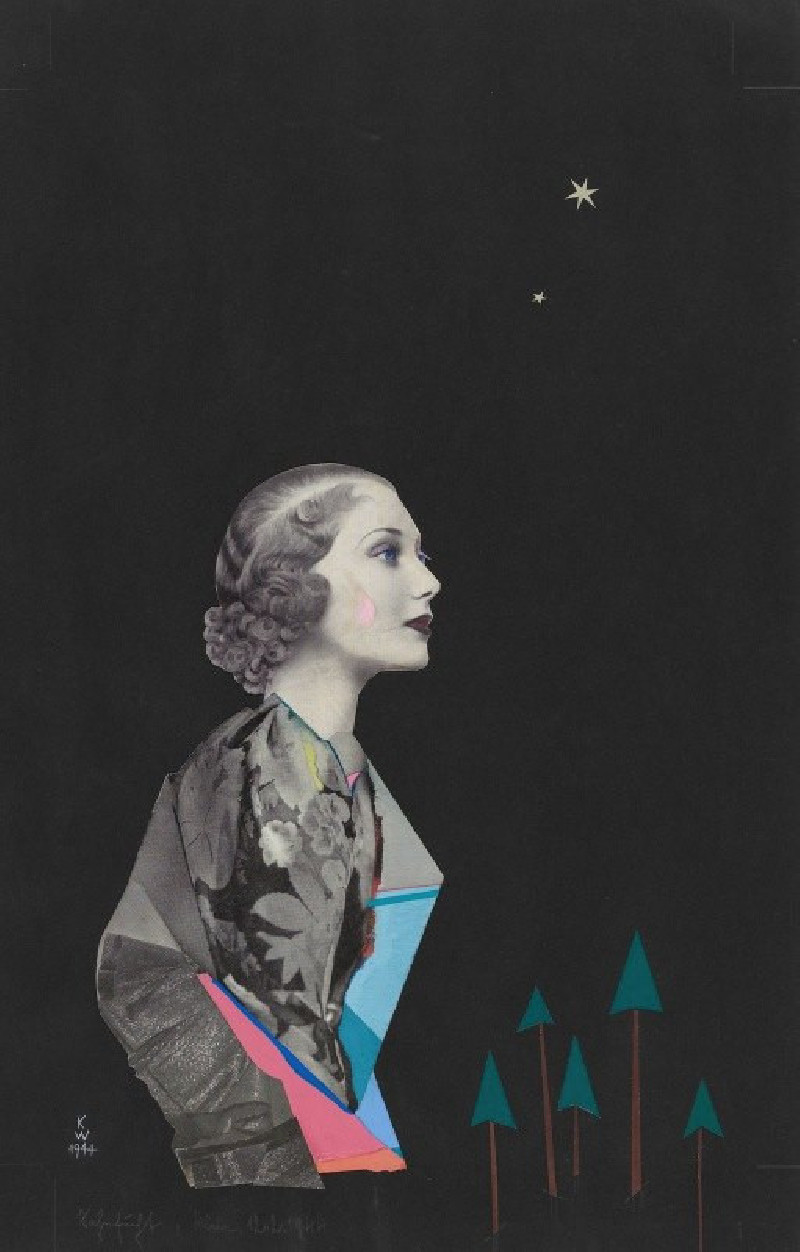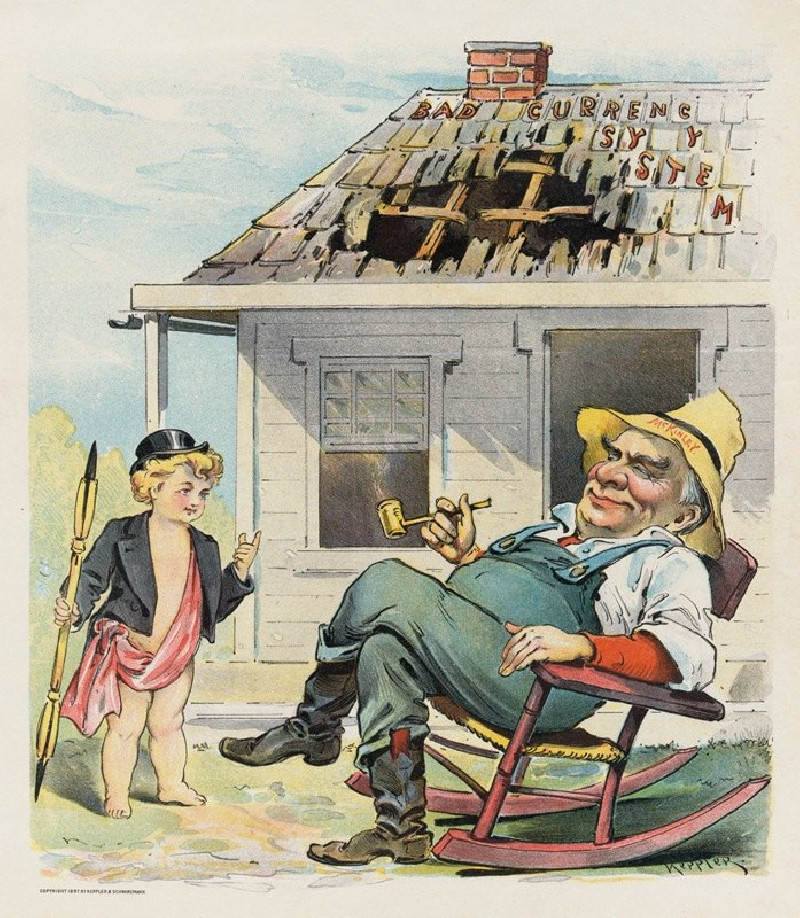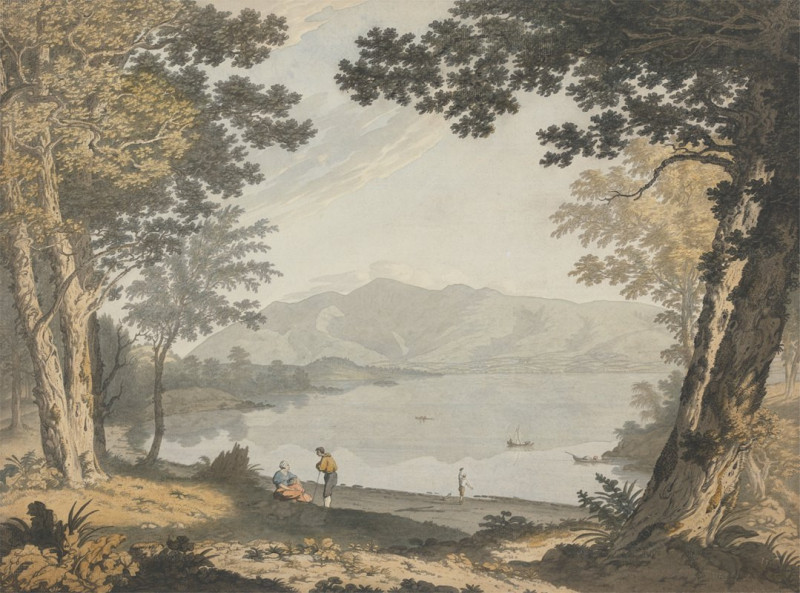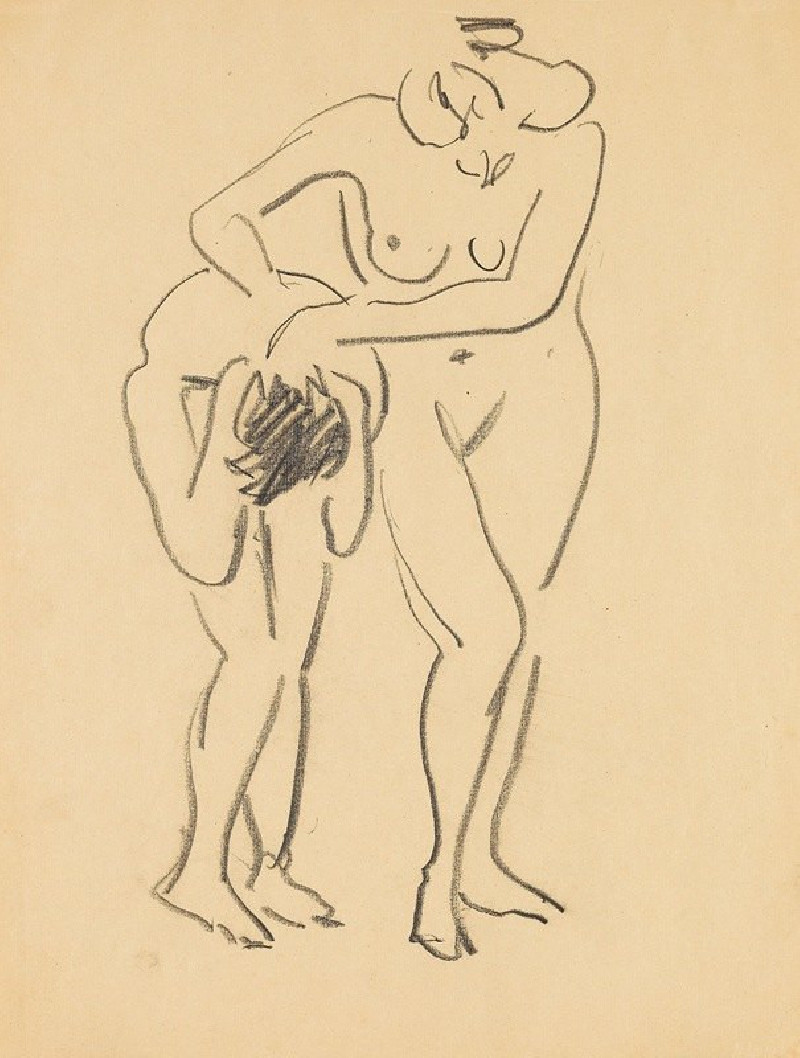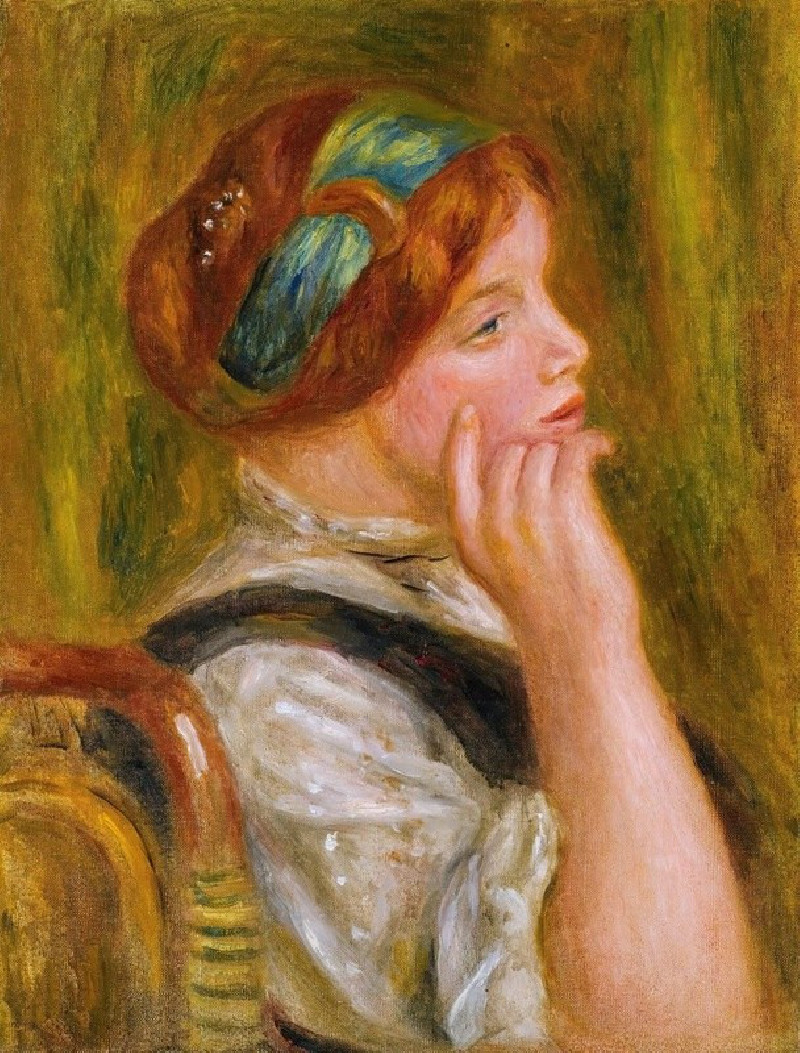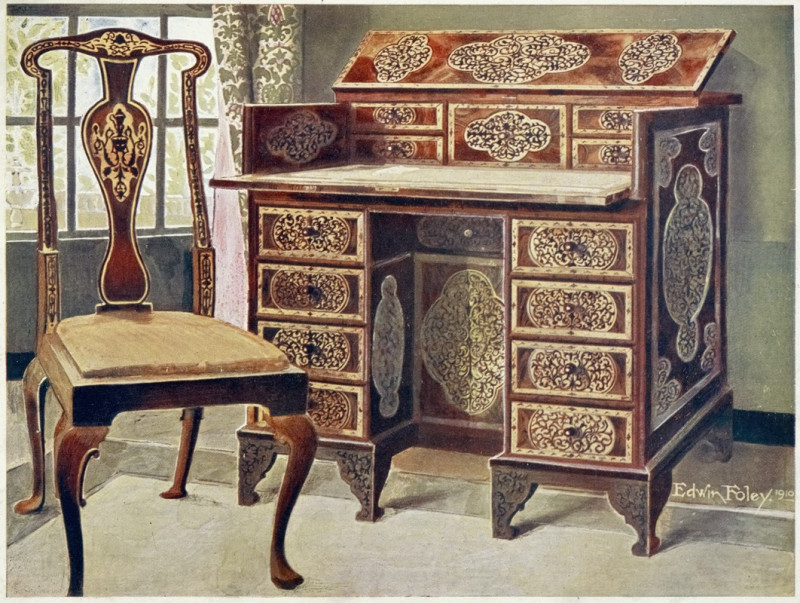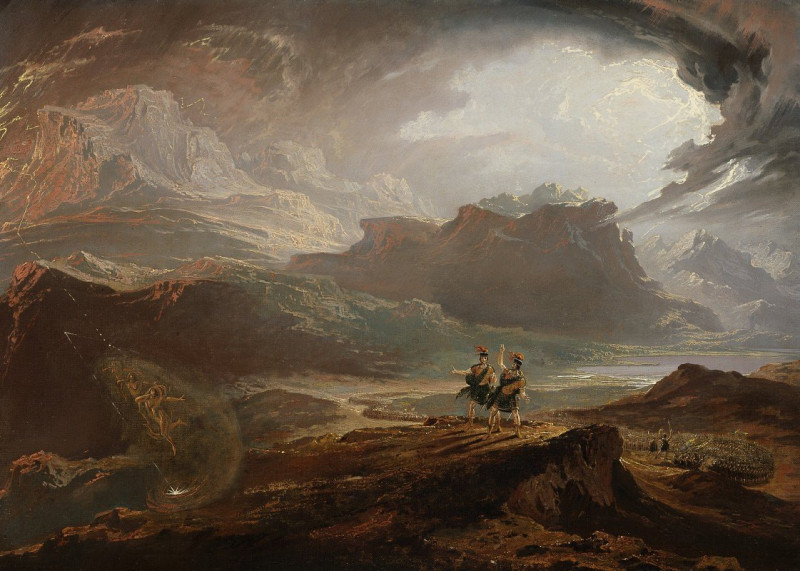The Widow (1917)
Technique: Giclée quality print
Recommended by our customers
More about this artwork
In the poignant painting "The Widow," created in 1917 by the esteemed American artist George Wesley Bellows, viewers are presented with a deeply stirring portrayal of an elderly widow. This evocative artwork captures a moment of quiet introspection and nuanced emotion.The central figure is an older woman, dressed in traditional mourning attire, including a black dress and a somber, yet dignified, black bonnet. Her expression, gently illuminated by a subtle light, conveys a blend of resilience and solemnity, reflecting the weight of her grief. Bellows masterfully uses a palette of dark hues to underscore the theme of mourning, while the woman’s pale, finely detailed face provides a striking contrast, emphasizing her poignant expression.Seated at a table, the widow’s hands are delicately poised, holding a white handkerchief, an accessory often associated with sorrow and tears. This gesture, coupled with her slightly forward-leaning posture, enhances the emotional depth of the scene.In the background, Bellows includes elements that suggest the widow’s domestic environment—a shelf with what appears to be books and a teapot, and a vase of fresh flowers, symbolizing a life continuing in the face of loss.George Wesley Bellows has not only created a portrait of a woman in a specific moment of her life but also a powerful symbolic representation of grief and endurance.
Delivery
Returns
George Wesley Bellows (August 12 or August 19, 1882 – January 8, 1925) was an American realist painter, known for his bold depictions of urban life in New York City. He became, according to the Columbus Museum of Art, "the most acclaimed American artist of his generation".


